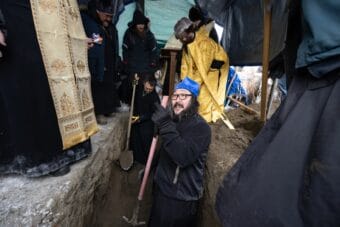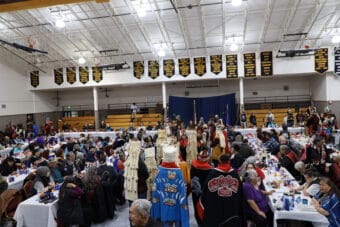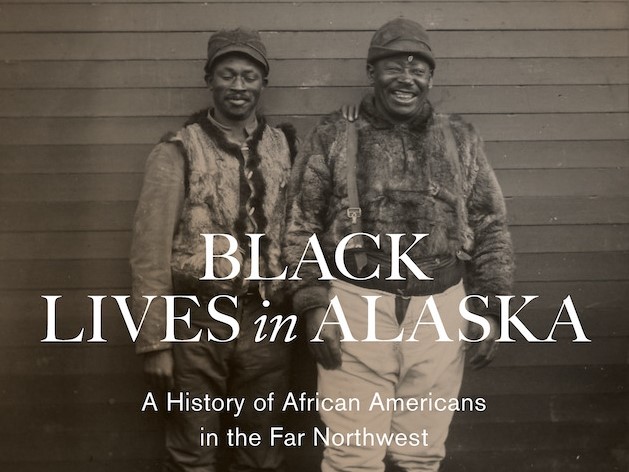
Despite their small population, Black Alaskans have a history in the state that stretches back more than a century.
That history is the topic of a new book, “Black Lives in Alaska: A History of African Americans in the Far Northwest,” written by Ian Hartman and David Reamer.
Author and historian Hartman says while most of early Alaska history focuses on territorial days and the Klondike Gold Rush, Black people lived and worked in the region long before.
Listen:
The following transcript has been lightly edited for clarity.
Ian Hartman: You’re not really talking about Alaska really coming under U.S. control until the 1860s and 70s. But there is an Alaskan Black presence that predates even the treaty of purchase that I think people would be a little bit curious about. And that really has to do with the whaling industry. And so, if we think of the high era of North Pacific whaling in the 1840s, ’50s, and ’60s, and into the ’70s and ’80s even, the whaling crews would have been exceedingly diverse. And among the whalers would have included a pretty sizable population of Black whalemen.
Wesley Early: In recent years, one of the more storied pieces of Black Alaskan history has to do with the building of the Alaska Highway by Black soldiers in World War II. But your book highlights a lot of other contributions around that same time period, including during the Aleutian Islands campaign. Can you talk a little bit about those soldiers in Attu and Adak?
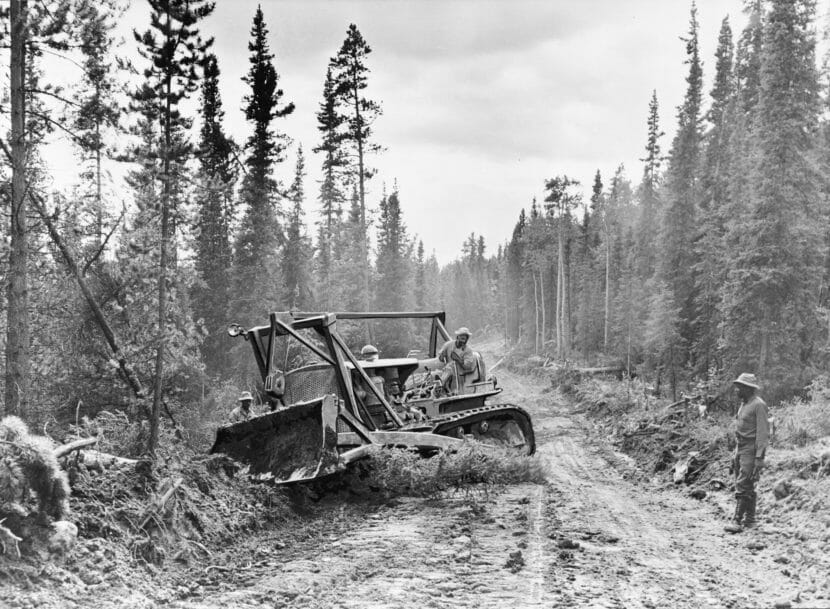
Ian Hartman: Yeah. So as you pointed out, oftentimes, we think about the Alaska-Canadian Highway having somewhat of a sizable Black troop presence to build that. But there is this other component, which would have been the Aleutian campaign. And so if we, even kind of shift our view, farther to the West, we see that Black troops were involved in that campaign, mostly in a logistical capacity. Remember, this is still very much so a segregated military. So the troops that were there were somewhat mistreated. They did not receive the same level of accommodations as their white counterparts. But nonetheless, they were really central in retaking the islands from the Japanese in 1942. And so they were involved in building runways and creating some of the infrastructure for the campaign.
Wesley Early: How do you think the post-war experience of Black Alaskans compared to black people living in the rest of the country?
Ian Hartman: What does make Alaska exceptional when we’re referring to the African American population is that, of course, the largest kind of visible minority population in Anchorage and through much of Alaska in the 20th century, of course, is the Alaska Native population. And then of course, you have an Asian American, Pacific Islander population. The Black population has kind of been in that mix in this broader pantheon of diversity. And so I think when you’re writing about Alaska’s Black population, it is different from say, writing about maybe Detroit or Chicago, or where I’m from in Pittsburgh, Pennsylvania, where the Black population is really the single largest minority population. And so I think, discussing Black history in Alaska, you have to kind of do so in correspondence with these other populations, as well.
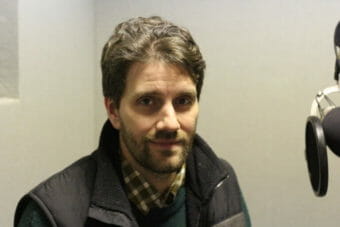
Wesley Early: As a non-Black person writing about Black history in Alaska, could you describe your process for making sure that your writings were reflective of those communities’ lived experiences?
Ian Hartman: When I started this project, it was really intended to be kind of a one-off, like a one chapter project. And it became quickly clear to me that it’s an incredibly rich history that really merited a far more extensive treatment. And so I think once I realized the depth of the history and the amount of people who contributed to it, it became… it kind of took on a new life. And at that point in time, I think your concern or your question becomes really important, which is how do you get community stakeholders involved? How can you bring elders into this to really share their story? And so I think the way that I’ve really tried to do that is to reach out to folks in the community to make sure that the history is, A: correct, but even more than that, that their voices are being included. And so I think oral history becomes very important to a project like this. Rather than just kind of going through newspapers and getting a sense of what was written about people, actually including the people who live that history in the book itself. And that’s been something that I’ve really taken away from this project. I think probably the most important part of it is almost that it’s collaborative and community based, rather than just kind of unidirectional about me going through archives or, you know, writing about experiences. But actually finding the folks who live this history who’ve contributed to the community and ensuring that their voices are represented.
Wesley Early: You talked a little bit about the sort of misconceptions around Alaska exceptionalism and the history that a lot of people commonly accept as Alaskan history. What do you think Alaskans would be most surprised about in your book?
Ian Hartman: Well, I, you know, I think it would be a combination of things. The first is that yes, there is this vibrant history of social mobilization and social movements here in Alaska. It’s also the case that Alaska has some of the same strains of racism and discrimination that one finds elsewhere. But again, I mean, people aren’t simply reactive. They’re community builders, right? And so it’s not simply the case that people are always kind of dealing with one wave of hostility or racism, but it’s instead that people are kind of proactively building community and building resistance. And so I think that that’s a really important piece of this that maybe isn’t always represented in Alaska’s history when we just look at say, the “great men” right? The legislative leaders, the folks who were responsible for the statehood movement. I think that there’s a whole other history of Alaska that is about the people and it’s about our diverse communities. And I think sometimes we forget how that diversity has really shaped our history.

